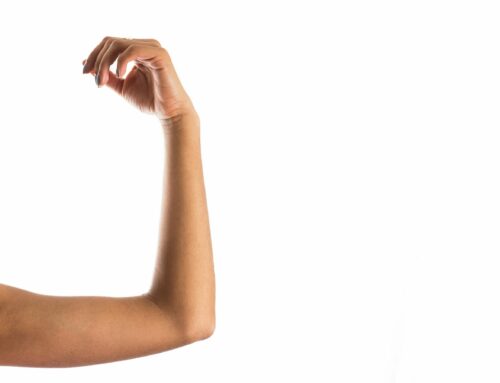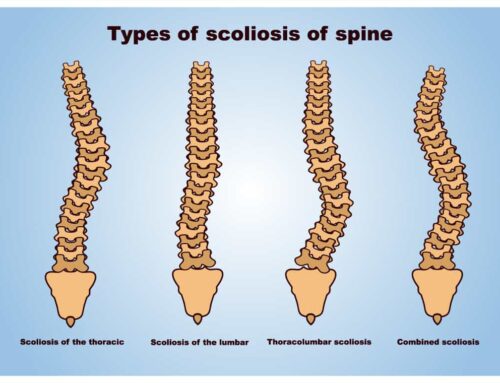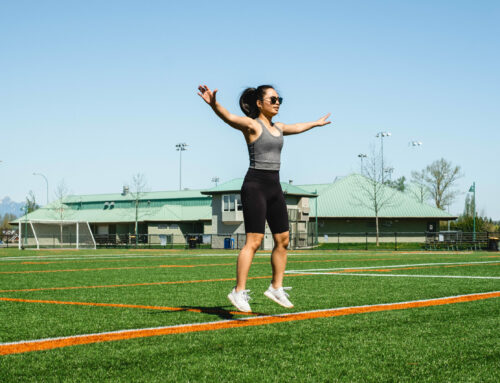Have you been suffering from hip pain for a long time and your doctor has just told you that you have bursitis hip? Fear not! Here’s a quick fact sheet about what it is, how it presents and how we can help!
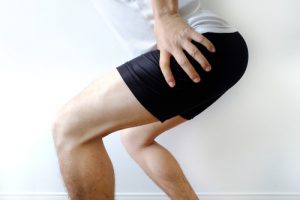
What is bursitis?
A bursa is a fluid filled sac that exists between a tendon and bone. It helps to reduce friction and provide a gliding movement. Swelling of this bursa is called bursitis.
Causes:
The swelling occurs by a group of muscles or tendons rubbing over the bursa and causing friction against the thigh bone. Any of the following activities can cause hip bursitis:
- Traumatically from a fall or a sport-related impact contusion.
- Repetitive injury to the bursa from activities such as running, walking into fatigue or cycling, especially when the bicycle seat is too high.
- It is also a secondary injury associated with chronic conditions such as:
What are the symptoms of bursitis hip?
The most common symptom is hip pain felt on the side of the hip with the following:
What to do and what not to do for bursitis hip?
Benefit by weight reduction, stretching exercises, and wearing proper footwear for exercise activities.
Patients should avoid hills and stairs and direct pressure on the affected hip.
Avoid positions such as sitting cross legged, prolonged standing or walking or sitting for that matter. And most importantly see a Physio as soon as possible! Remember the longer you leave an injury untreated, the longer it will take to heal.
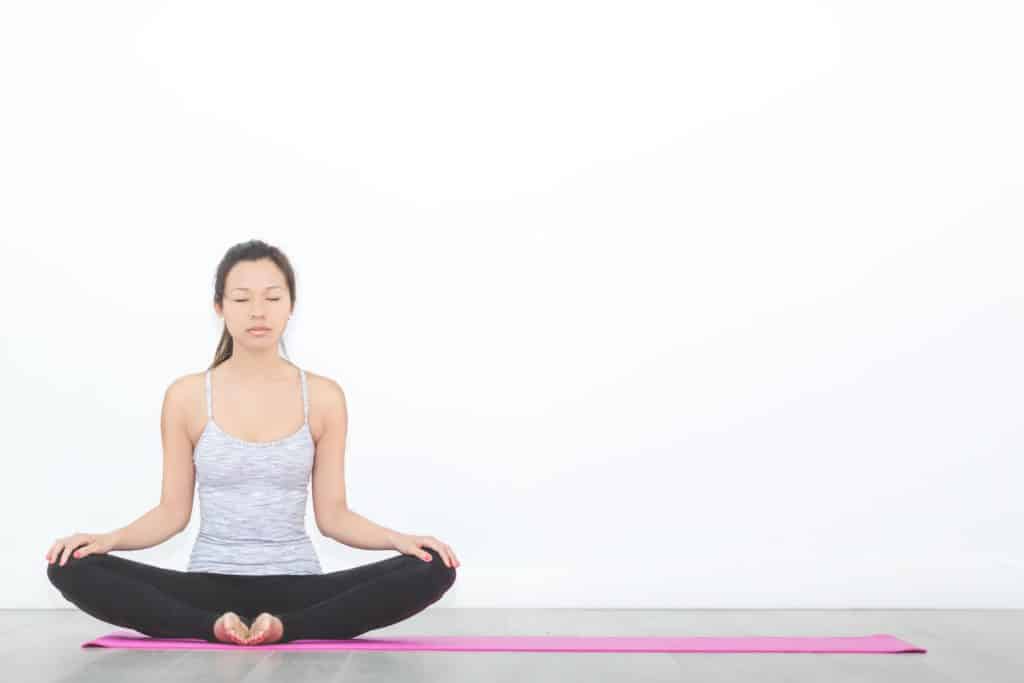
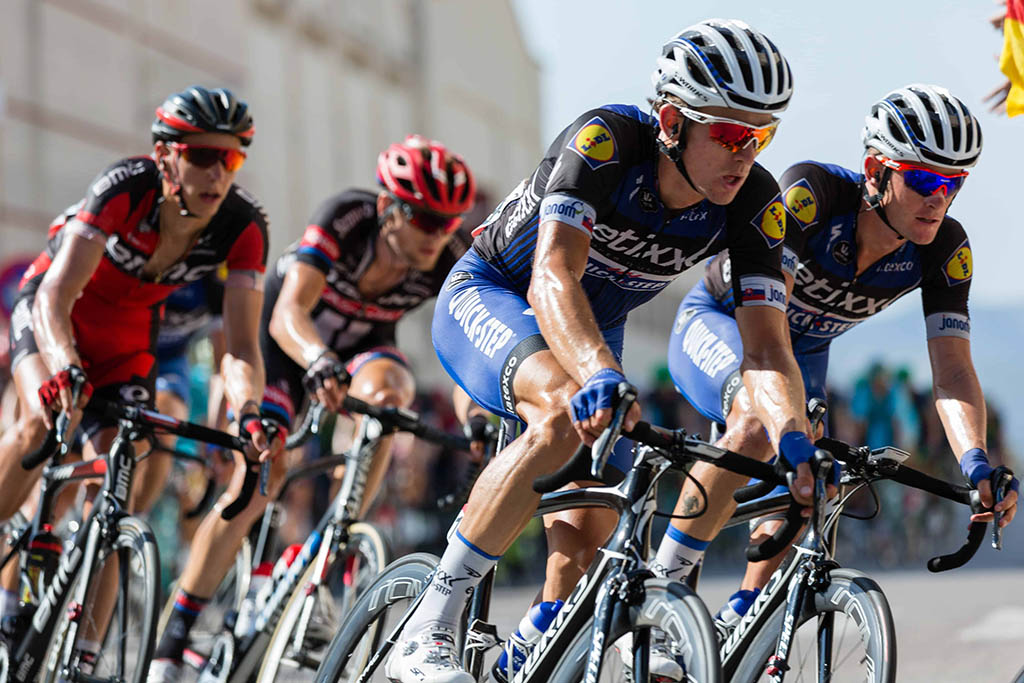
How can our Physios help with bursitis hip?
Our Physios will do a complete assessment of your injury. Followed by treatment which includes manual therapy techniques and massage. The main goal is to reduce the pain and swelling in the first 2 -3 weeks. Also we need to improve the range of the joint. WE then follow it up with strengthening exercises for the hip for long term results. it is very important that you are consistent with the treatment we recommend. This helps you to get the best results out of your treatment.



